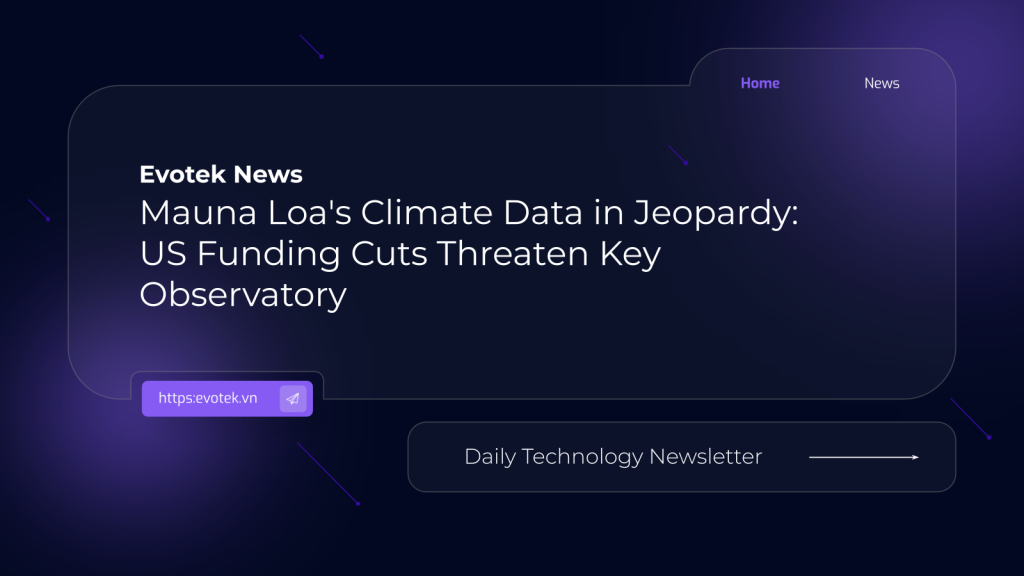The fate of the Mauna Loa Observatory, a sentinel of climate change data for over six decades, hangs in the balance as the US government considers defunding the crucial monitoring site.
A Legacy of Unveiling Climate Change
Since 1958, Mauna Loa, strategically located on a Hawaiian volcano, has meticulously tracked atmospheric carbon dioxide (CO₂) levels. This data, visualized in the iconic Keeling Curve, provides undeniable evidence of humanity’s impact on the planet.
The Keeling Curve: Earth’s Breath Revealed
The observatory’s initial findings unveiled the Earth’s “breathing” pattern: seasonal CO₂ fluctuations as plants absorb the gas in summer and release it in winter. More significantly, it exposed the relentless year-on-year increase in atmospheric CO₂, primarily from burning fossil fuels.
Today, CO₂ levels stand at over 420 parts per million, a level unseen in millions of years, with an unprecedented rate of increase.
The Importance of Continuous Monitoring
Mauna Loa’s continuous, high-precision monitoring is critical for several reasons:
- Tracking Climate Change: Observing how oceans and land absorb emissions.
- Verifying Climate Policies: Measuring the effectiveness of global climate initiatives.
- Forecasting Weather: Forecasting weather and extreme weather events.
The Global Impact of Defunding
The potential closure of Mauna Loa poses a significant challenge to climate science, according to experts such as Alex Sen Gupta, Katrin Meissner, and Tim Raupach. Cutting climate data collection is akin to “breaking a thermometer to avoid knowing you’ve got a fever.”
If the US withdraws, other observatories, such as Australia’s Kennaook/Cape Grim, will become even more vital. Ideally, Australia would expand its climate monitoring systems.
The loss of Mauna Loa would hinder our ability to understand and address the climate crisis effectively. This is a global challenge, with profound consequences for future generations.
This article is republished from The Conversation under a Creative Commons license. Read the original article.

 日本語
日本語 한국어
한국어 Tiếng Việt
Tiếng Việt 简体中文
简体中文